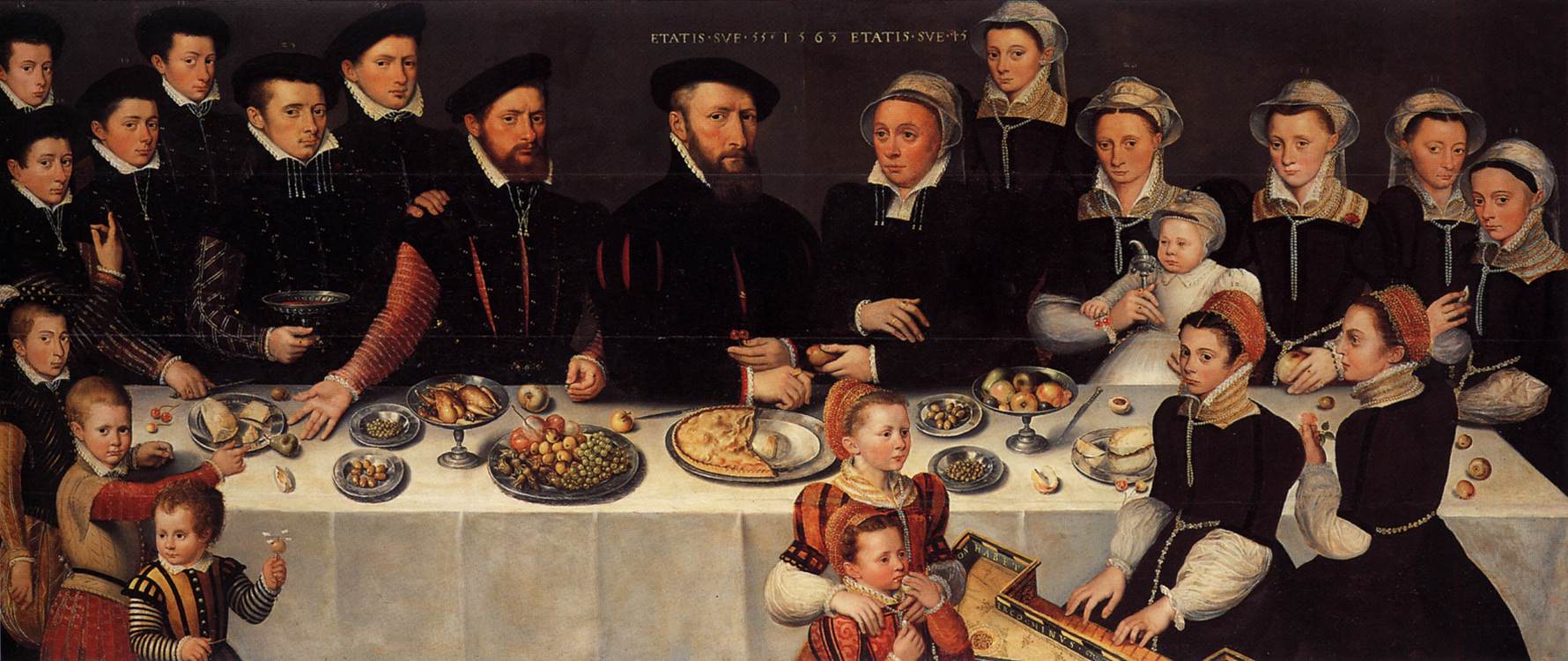|
Paul Angiers
Paul Angiers (fl. 1749), was an English engraver, of whom little is known. He was in London about 1749, and was taught by John Tinney John Tinney (died 1761) was an English engraver and printseller. He carried on business at the Golden Lion in Fleet Street, London, where his own works were published. He is now known for his pupils: John Browne, Anthony Walker and William Wool .... He was chiefly employed by the booksellers, and etched some neat plates. According to Heineken he died when about thirty. His best plates are ''Roman Ruins'', after Pannini, 1749; a landscape after Moucheron, 1755: and ''Dead Game'', after Huet, 1757. References * 18th-century English engravers {{UK-printmaker-stub ... [...More Info...] [...Related Items...] OR: [Wikipedia] [Google] [Baidu] |
Floruit
''Floruit'' ( ; usually abbreviated fl. or occasionally flor.; from Latin for 'flourished') denotes a date or period during which a person was known to have been alive or active. In English, the unabbreviated word may also be used as a noun indicating the time when someone flourished. Etymology and use is the third-person singular perfect active indicative of the Latin verb ', ' "to bloom, flower, or flourish", from the noun ', ', "flower". Broadly, the term is employed in reference to the peak of activity for a person or movement. More specifically, it often is used in genealogy and historical writing when a person's birth or death dates are unknown, but some other evidence exists that indicates when they were alive. For example, if there are Will (law), wills Attestation clause, attested by John Jones in 1204 and 1229, as well as a record of his marriage in 1197, a record concerning him might be written as "John Jones (fl. 1197–1229)", even though Jones was born before ... [...More Info...] [...Related Items...] OR: [Wikipedia] [Google] [Baidu] |
John Tinney
John Tinney (died 1761) was an English engraver and printseller. He carried on business at the Golden Lion in Fleet Street, London, where his own works were published. He is now known for his pupils: John Browne, Anthony Walker and William Woollett. Works Tinney practised both line engraving and mezzotint. His mezzotint plates included portraits of Lavinia Fenton, after John Ellys; George III, after Joseph Highmore; Chief Baron Parker; and John Wesley. He also engraved subjects after Boucher, Lancret, Rosalba, Correggio, and others. He engraved in line a set of ten views of Hampton Court and Kensington Palace, after Anthony Highmore, and some of Fontainebleau and Versailles The Palace of Versailles ( ; ) is a former royal residence commissioned by King Louis XIV located in Versailles, Yvelines, Versailles, about west of Paris, in the Yvelines, Yvelines Department of Île-de-France, Île-de-France region in Franc ..., after . Some of the plates in John Ball's translatio ... [...More Info...] [...Related Items...] OR: [Wikipedia] [Google] [Baidu] |
Giovanni Paolo Panini
Giovanni Paolo, also known as Gian Paolo Panini or Pannini (17 June 1691 – 21 October 1765), was an Italian Baroque painter and architect who worked in Rome and is primarily known as one of the ''vedutisti'' ("view painters"). As a painter, Panini is best known for his vistas of Rome, in which he took a particular interest in the city's antiquities. Among his most famous works are his view of the interior of the Pantheon, Rome, Pantheon (on behalf of Francesco Algarotti), and his ''vedute''—paintings of picture galleries containing views of Rome. Most of his works, especially those of ruins, have a fanciful and unreal embellishment characteristic of ''capriccio (painting), capriccio'' themes. In this they resemble the ''capricci'' of Marco Ricci. Panini also painted portraits, including one of Pope Benedict XIV. Biography As a young man, Panini trained in his native town of Piacenza, under Giuseppe Natali and Andrea Galluzzi, and with stage designer Francesco Galli-Bibiena. In ... [...More Info...] [...Related Items...] OR: [Wikipedia] [Google] [Baidu] |
Frederik De Moucheron
Frederik de Moucheron (1633 – 5 January 1686) was a Dutch Golden Age landscape painter and draughtsman. He mainly produced (Italianate) landscapes that were furnished with human and animal figures by various colleagues. Biography Frederik de Moucheron was the son of the painter Balthazar de Moucheron and Cornelia van Brouckhoven. His father came from a wealthy family of merchants and wine traders and is portrayed as one of the younger sons in the family portrait of Pierre de Moucheron (1583). Frederik trained with Jan Asselijn and became a landscape painter. He set off at age 22 for Paris, where he spent three years and made a tour to Lyon, Italy and Greece. In 1659 he settled in Amsterdam (Jordaan) and married Mariecke de Jouderville, the daughter of Isaac de Jouderville; they had eight children when he died. He is buried in Amsterdam. In 1719 his widow died in Sint Antoniesbreestraat. He painted French, Italian, and Dutch landscapes. To finish these scenes, contemporari ... [...More Info...] [...Related Items...] OR: [Wikipedia] [Google] [Baidu] |

